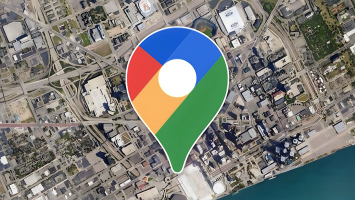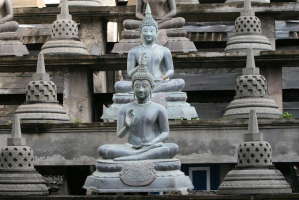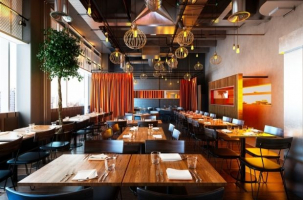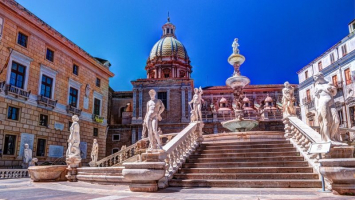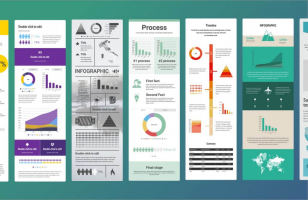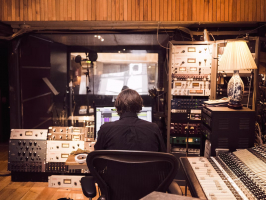Top 7 Reasons to Make a Pit Stop In Pittsburgh
Pittsburgh is the county seat of Allegheny County in the state of Pennsylvania. You must visit Pittsburgh, Pennsylvania, at least once in your life since it is ... read more...the best in the Rust Belt as a city that has effectively remade itself. It is a world-class tourist destination with sports, art, wonderful food, and some of Pennsylvania's most gorgeous countryside. Now, let's discover the reasons why you should visit Pittsburgh.
-
If you know anything about Pittsburgh's history, you'll probably think of it as a steel town. Pittsburgh became an industrial centre after being founded by colonists in the 1700s for two reasons. The first is that the hills around the city were abundant in raw resources like as coal, which was utilized as a precursor for iron manufacturing. As technology evolved, iron manufacturing gave way to steel production, and in its prime, Pittsburgh was renowned to generate a major portion of the country's steel (you can tour the Carrie Furnaces, seasonal, and the Frick House to learn more about this side of its history).
The second benefit of Pittsburgh's three rivers was the ease with which coal, iron, and steel could be transported to other towns and ports for export. Indeed, the rivers were one of the primary reasons why the region was colonized in the first place, as the junction of the three rivers provided a strategic advantage that the French and British fought desperately to control. As the city expanded, the junction of the three rivers became known as the Gateway to the West, and it was here that Meriwether Lewis launched the famous Lewis and Clark expedition in 1803 since their boat was supposed to be commissioned.
Pittsburgh's contemporary rebirth dates only from the previous several decades. As steel and other production migrated away, other sectors such as medicine, technology, and, of course, tourism emerged. Combine this with the city's industrial spirit, and it's no wonder that a number of notable Pittsburgh innovations have emerged throughout the years—all of which go beyond steel.
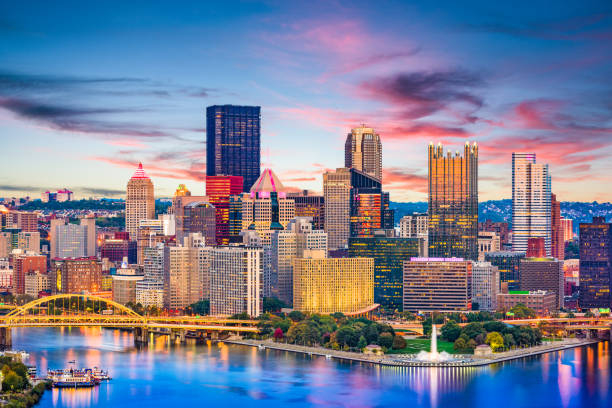
istockphoto 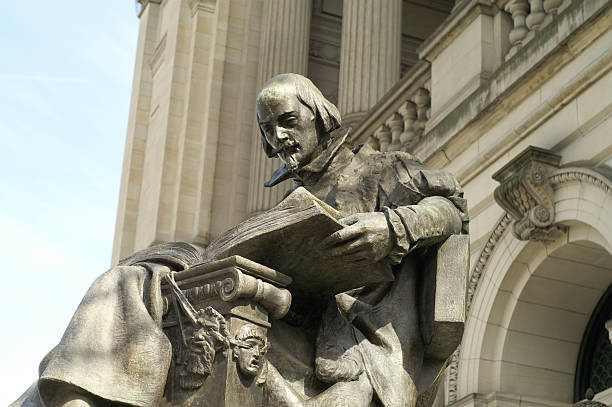
istockphoto -
You may be aware that most large cities like to say that they are experiencing a food and beverage renaissance, which is true. But the Pittsburgh restaurant and bar culture is hard to surpass for one reason: the farms are just a short drive outside of town. This means that many restaurants have access to local meats and dairy, local grains for brewing, and local fruits when they are in season, to mention a few.
Whereas other cities may have a limited number of so-called farm-to-table restaurants, Pittsburgh has dozens upon dozens, and farm names are frequently included on local menus. In terms of its brewing scene, Pittsburgh has over 80 breweries within an hour of downtown, which puts other cities of similar size to shame just on volume. Add in the fact that many people utilize local grain, and it has a superior product there as well.
If you're searching for even more reasons to drink, the local spirits scene is thriving, with numerous local distilleries, such as Wigle Whiskey, reintroducing historical spirits such as Monongahela Rye, one of the earliest American whiskeys to acquire popularity. Indeed, in the early days of Washington's administration, farmers in western Pennsylvania challenged a new whiskey tax in an incident that became known as the Whiskey Rebellion.
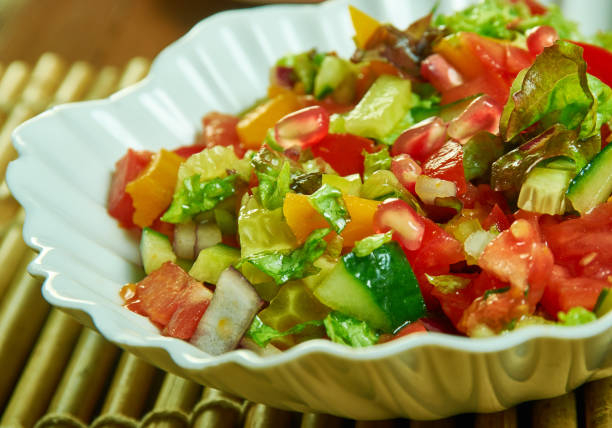
istockphoto 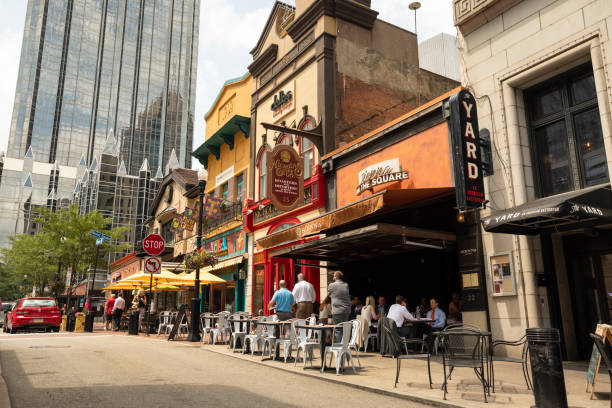
istockphoto -
The Paris of Appalachia is one of Pittsburgh's nicknames. The city is an oasis in the center of nature, and it is not difficult to go out of town for some short hiking, bicycling, or other activities. The Laurel Highlands is one of the most well-known nature regions just outside of Pittsburgh since it is home to many parks, historical sites such as those described above, activities for all four seasons including skiing in the winter, and many Frank Lloyd Wright buildings (including one of his most famous houses- Fallingwater).
Many people are charmed with Ohiopyle State Park and its stunning Cucumber Falls cascade, but those in the know also visit other places, such as Laurel Hill State Park, for its unrivaled beauty. If you happen to be in town in the spring (late April, to be exact), a visit to Raccoon Creek State Park's wildflower reserve is a must, since it houses one of the state's greatest collections of native flora.
If you prefer riding, Pittsburgh has several rail paths on former railroad tracks that explore some of the region's most picturesque areas. The Great Allegheny Passage, which stretches from Pittsburgh to Cumberland, MD, and then continues on the C&O Canal Path to Washington DC, is the most noteworthy. It takes a whole week to ride the entire route.
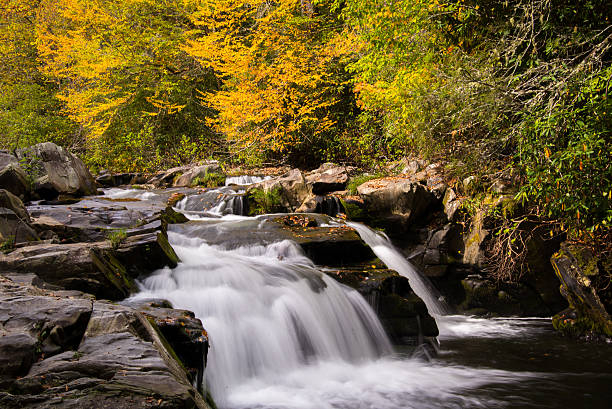
istockphoto 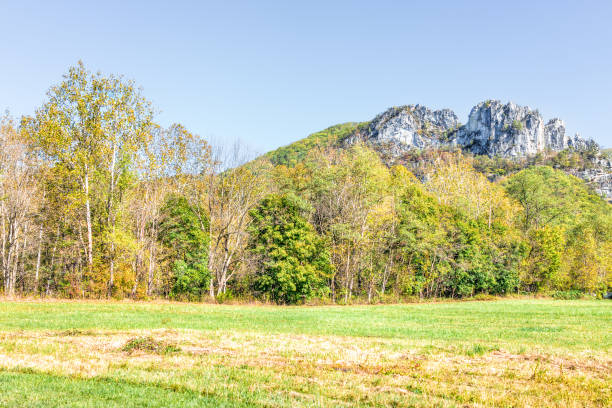
istockphoto -
You may have heard of Pittsburgh as the City of Champions if you know anything about it other than the Steel City. This is because the sports scene in Pittsburgh is among the most lively in the country, owing to the presence of clubs such as the Pittsburgh Steelers, Pirates, and Penguins (not to mention the Riverhounds soccer team and an array of college teams, too). The three big teams have a total of sixteen titles between them! This means that the city is obsessed with sports, and owing to game scheduling, chances are there will be at least one game going on every week of the year, either live or streaming across TVs in pubs and restaurants all around the city.
Perhaps more amazing is the fact that all of our venues are located in the middle of the city. The Pirates and Steelers play along the river on the North Side, the Penguins have an arena just outside of downtown Pittsburgh's commercial sector, and the Riverhounds play at Station Square near the river as well. All of the arenas are only a short distance apart. Finally, if you're not a sports fan but enjoy the atmosphere, all of the outdoor sports venues feature spectacular views of Pittsburgh. Many people come to the venues for the sights as much as the game!
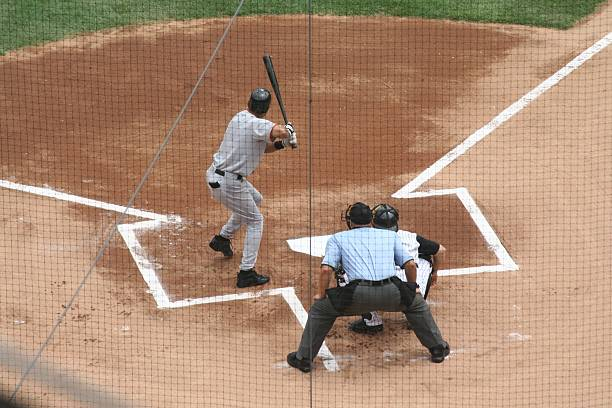
istockphoto 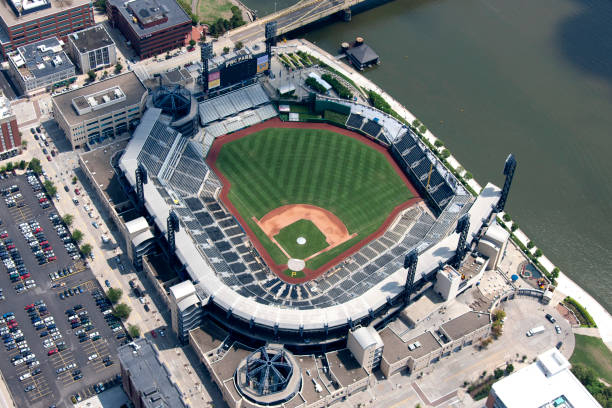
istockphoto -
You don't fit here if your most secret, irrational fear is crossing bridges. A drive to Mount Washington, a trip to the supermarket, your commute, or even a visit to the ballgame all require crossing some bridge. Pittsburgh boasts more bridges than almost any other city in the world: black railway trestles, spans with soaring steel arches, and concrete motorways spanning any of a number of rivers. Suspension spans, antique box and girders, trussed arches and cantilevers abound throughout the city's bridgework.
Go to the summit of Mount Washington to see a bird's-eye view of the city, including the skyscrapers, new sports stadiums, and rivers making their way into the hills. Then add up the bridges: On a clear day, there are at least 19, ranging from the magnificent arch over the Ohio at McKees Rocks to the "Three Sisters" — virtually identical eye-bar suspension bridges connecting downtown with the North Side — to the Smithfield Street Bridge, a dazzling blue wave rolling across the Monongahela.
Pittsburgh boasts that it has more spans than any other city in the world, save Venice, Italy, with 1,945 bridges in Allegheny County and 377 bridges in the city proper. There is an international bridge conference is held here each year. For $70, you can even go on the Landmarks Foundation's yearly cruise to see river bridges from below, along with a lesson on how they were created.
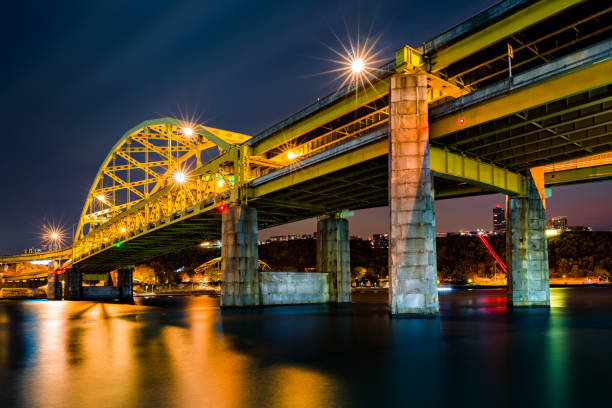
istockphoto 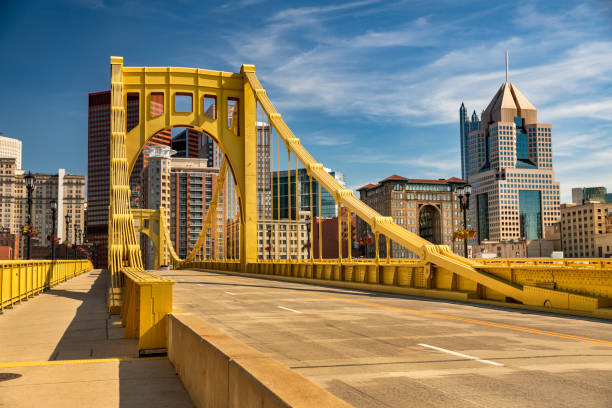
istockphoto -
A visit to Pittsburgh would be incomplete without learning about its rich history. Pittsburgh's art and cultural events will provide you with an understanding of the city's history, customs, and artwork. While touring Pittsburgh's cultural attractions will be educational, attending its artistic events will keep you engaged. Mount Washington is the name of one of Pittsburgh's most well-known neighborhoods. USA Weekend named its steep slope overlooking the Pittsburgh skyline the second most stunning sight in America.
Most people come to Mount Washington for the contagious energy, which many have described as motivating and encouraging. Start the day with a tasty and delightful breakfast before heading to one of the several inclines to enjoy panoramic views of the city. The Strip is a picturesque Pittsburgh neighborhood set on a half-square mile of land in a flood plain. Historic sites on the Strip include the Senator John Heinz Regional History Centre and the Pennsylvania Railroad Fruit Auction Building. Originally a neighborhood full of warehouses used to store produce and wholesale items, the abandoned warehouses are now home to tiny specialty stores, restaurants, nightclubs, and pubs, making it a very vibrant neighborhood to be in.
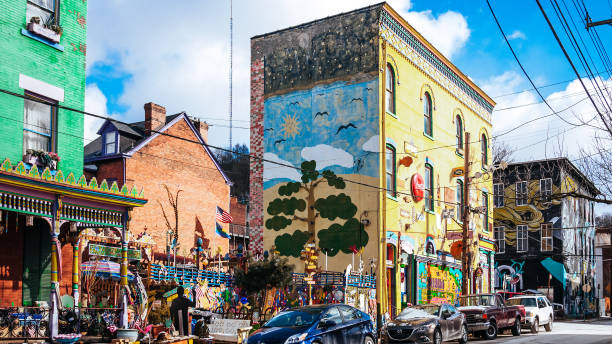
istockphoto 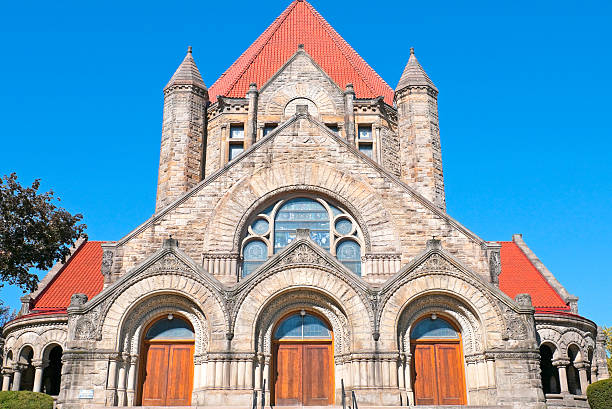
istockphoto -
Mt. Washington is home to some of Pittsburgh's most recognized picturesque panoramas. This vantage point is well-known across the world, and it provides one of the most comprehensive views of the downtown area. It also has the Duquesne and Monongahela Inclines, which are two of the greatest spots to take in views of the Pittsburgh cityscape. No matter how many times you climb Mt. Washington, you will always see something new. Variations in the time of day, weather, local activities, and other factors all contribute to the dynamic vistas you see here.
You're probably within a few feet of the Cathedral of Learning everywhere you go in Oakland. The Cathedral of Learning at the Higher of Pittsburgh is the highest edifice in the Western Hemisphere dedicated to university education. A walk through the neighborhood is the greatest way to experience all Oakland has to offer. On the Friday night of Pitt's homecoming weekend in the fall, they discharge fireworks off the building's levels. If the Pitt football team wins, the building's spectacular orange victory lights will illuminate.
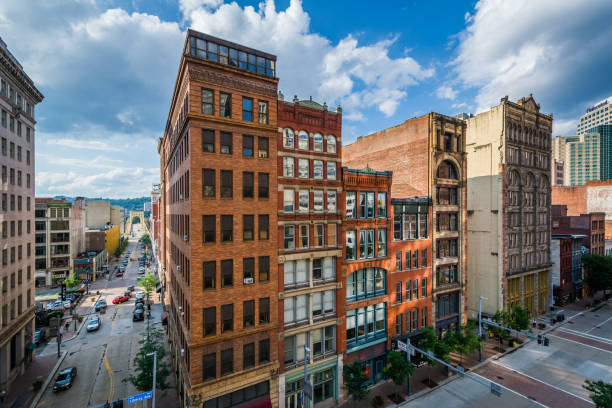
istockphoto 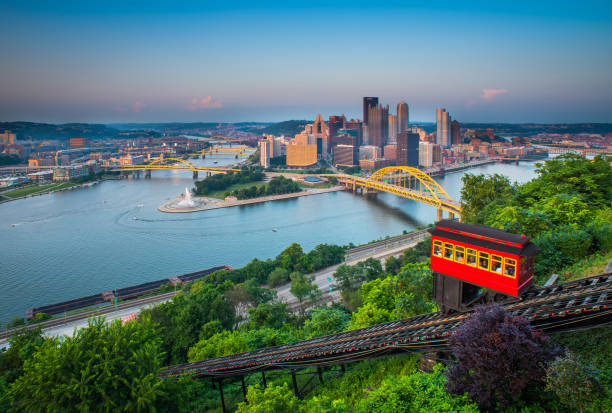
istockphoto









